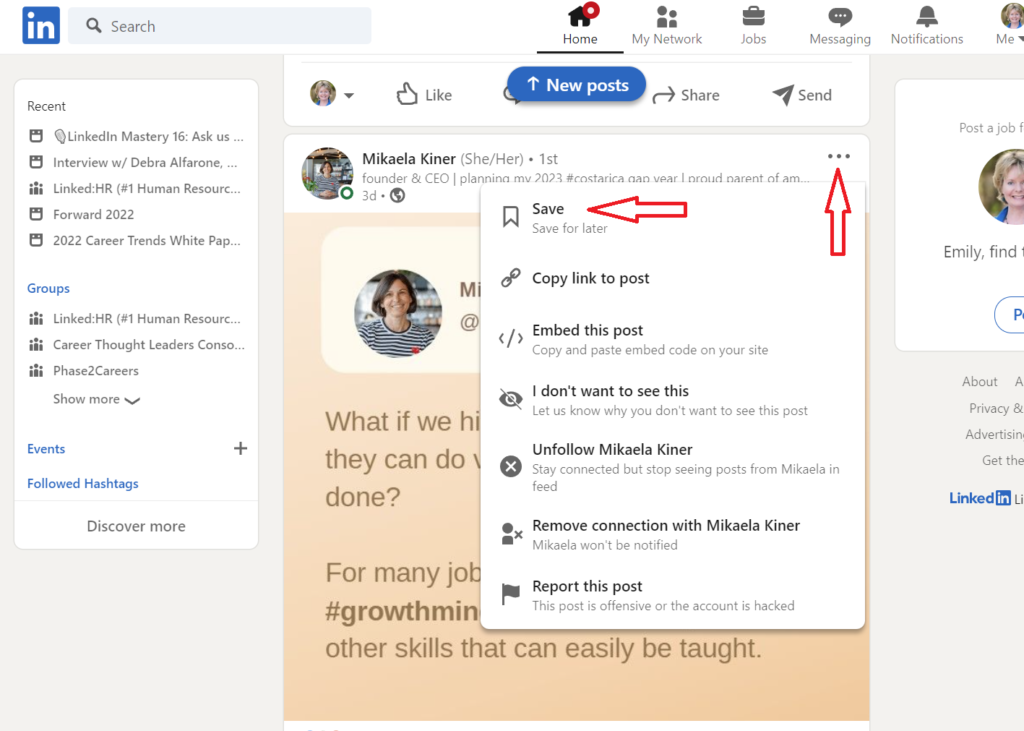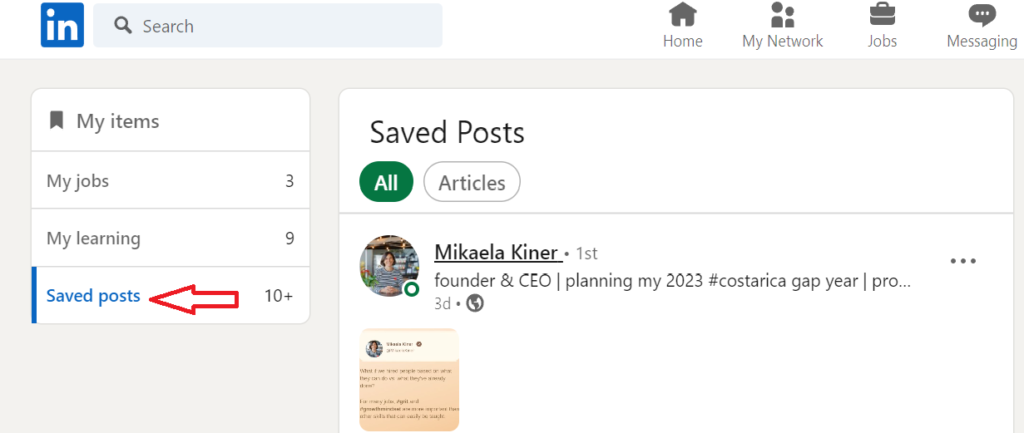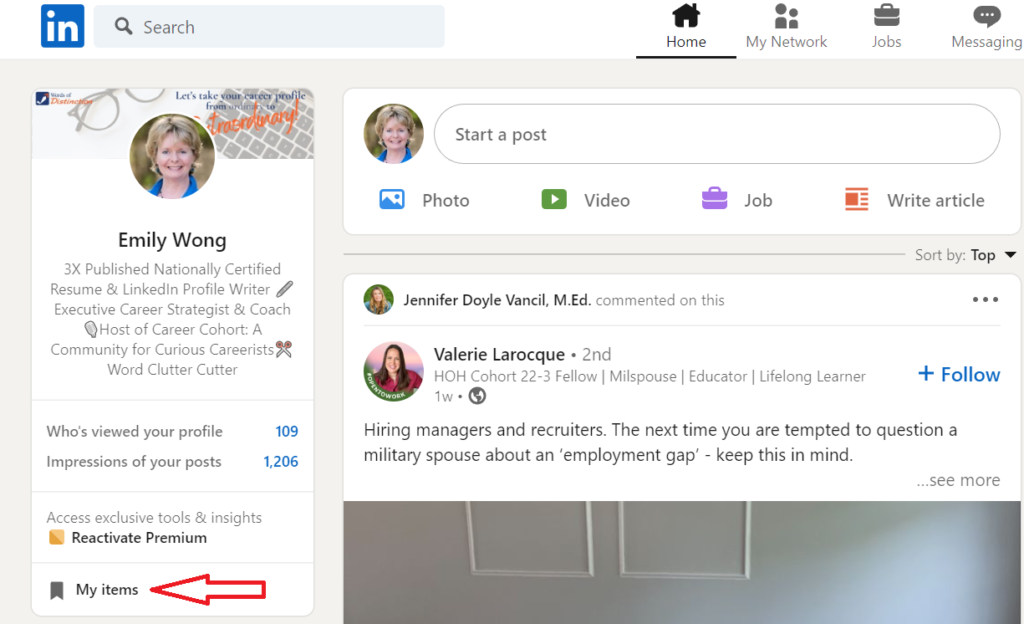When is it OK to Include Jargon in Resumes?

I remember a time during my corporate days when we’d sit around the conference room and discuss how we’d “leverage” things.
As in “leverage ad spend,” “leverage available retail floor space,” “leverage our high-demand product to get more retail ads.”
There was a LOT of leveraging going on!
During the pandemic, “pivot” emerged as the popular kid. My rebellious nature told me to avoid using this word at all costs. And most of the time, I’ve managed to do that, through replacement words and phrases like “change course,” “shift,” and “adjust.”
But honestly, there’s no word that quite conveys what we’ve all had to learn to do over the past couple of years, so I’ve settled on grudging respect for the term.
Case in point: When one of my clients returned for a resume refresh, I asked her if she’d like me to replace that word. But she liked “pivot” just as much as she did when I originally used it pre-pandemic. So we left it in.
The point is, no word is inherently bad. Not even “leverage.” We just need to be mindful of when and how we use them.
👉 Don’t confuse buzzwords with words that can bolster a bullet.
Buzzwords won’t necessarily add strength to your career profile. In fact, if used as filler or to amplify already-weak content, they’ll just slow down (and potentially annoy!) the reader.
Here’s an example of a phrase (in the resume’s top branding section) that I reworked for a client:
Skilled strategist maximizing workable solutions and performance for key marketing goals.
Unfortunately, there’s nothing here that tells a hiring manager what the candidate actually accomplished. Instead, the reader gets a hodgepodge of buzzwords that are thrown together with no apparent value.
During our intake meeting, I had a chance to uncover the actual meaning behind that sentence, and translated it as follows:
Strategic Product Leader known for introducing scalable solutions that help companies exceed ambitious revenue goals.
In the revised sentence, I combined “marketing” and “strategist” at the beginning to convey who the candidate is right from the get-go. And a record of exceeding revenue goals gives the recruiter a reason to follow up with the candidate.
Sure, “scalable solutions” might be considered a buzz phrase, but it was relevant to what the company was looking for, and it matched their language.
💪 Exercise:
Print out a copy of your resume, bio, or cover letter, and ask a friend to highlight any sentences that are confusing.
TIP: Tell them they don’t have to edit (and listen for the sigh of relief). Ask them to just identify anything that doesn’t make sense with a quick read. Nothing works better than a fresh pair of eyes to uncover what’s not working.
Once you get your feedback, play with the words, rearrange them, and see what you can cut. Hands down, the #1 reason resumes are a drag to read is that they’re bloated with words that don’t convey value. Have fun on the chopping block!











